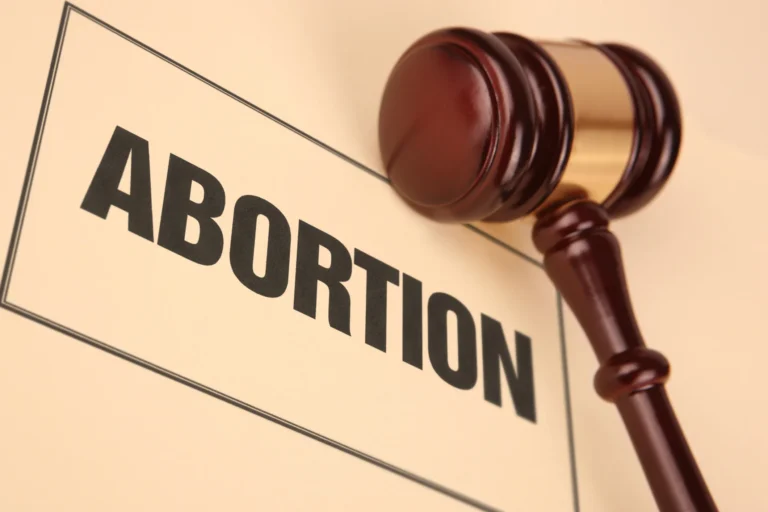In an effort to raise the birthrate and expand its customer base, a major Japanese toy manufacturer recently announced a plan to offer employees a one million yen ($10,000) bonus for their third baby and all subsequent children. The offer makes good business sense for the Bandai Corporation, which produces Power Ranger toys and Tamogotchi electronic pets. The birthrate in Japan has sunk to 1.38 in recent years, and fewer children means fewer toys sold. Deputy General Manager Yusuke Fukuda explained the rationale behind the baby bonus: “We realize that it costs more than one million yen to raise a child from birth to adult. But we are hoping that this large sum will inspire our employees.”
A month into the program, no employee has yet received the bonus. Bandai representatives speculate that four or five workers a year will qualify.
Although Bandai’s offer is the largest “baby bounty” in Japan, it is certainly not the only one. Other companies are offering programs which “focus on making it easier and more economical to raise children, extending flexible work hours, family leaves and child care.”
And recently the Japanese government has jumped on the baby bandwagon. A new law has been passed which will enable many more parents of preschool-aged children to receive monthly stipends from the government. At present, parents of children under three receive $50 per month for their first two children, and $100 a month for each additional child. The new law stipulates that the subsidies will continue until children reach the age of six.
Many are not optimistic that the incentives will be enough to convince many Japanese couples to have more children. Toshinari Ogino, chief researcher for the Institute of Labor Administration, explains that “most Japanese, especially women, feel that it’s just too difficult and expensive to have more than two children.” Yutaka Takeda, the father of two, agrees. “This problem is not something that can be only resolved with money .… As a society, we have to provide a more hospitable environment that facilitates child rearing.” (“Japan’s Employers are giving Bonuses for Having Babies,” Calvin Sims, The New York Times, 30 May 2000).
| Number of Live Births | Crude Birth Rate | Total Fertility Rate* | ||
| 1983 | 1,508,687 | 12.7 | 1.80 | |
| 1984 | 1,489,780 | 12.5 | 1.81 | |
| 1985 | 1,431,577 | 11.9 | 1.76 | |
| 1986 | 1,382,946 | 11.4 | 1.72 | |
| 1987 | 1,346,658 | 11.1 | 1.69 | |
| 1988 | 1,314,006 | 10.8 | 1.66 | |
| 1989 | 1,246,802 | 10.2 | 1.57 | |
| 1990 | 1,221,585 | 10.0 | 1.54 | |
| 1991 | 1,223,245 | 9.9 | 1.53 | |
| 1992 | 1,208,989 | 9.8 | 1.50 | |
| 1993 | 1,188,282 | 9.6 | 1.46 | |
| 1994 | 1,238,328 | 10.0 | 1.50 | |
| 1995 | 1,187,064 | 9.6 | 1.42 | |
| 1996 | 1,206,555 | 9.7 | 1.43 | |
| 1997 | 1,191,665 | 9.5 | 1.39 | |
| 1998 | 1,203,147 | 9.6 | 1.38 |
Notes: *Total fertility rate means the number of children which a woman bears during her lifetime and are calculated per1,000 Japanese female population from 15 to 49 years of age.
Source: Summary of Vital Statistics, The Statistics and Information Department, Minister’s Secretariat, Ministry of Health and Welfare, 1-2-2 Kasumigaseki, Chiyoda-ku, Tokyo, 100-8045








